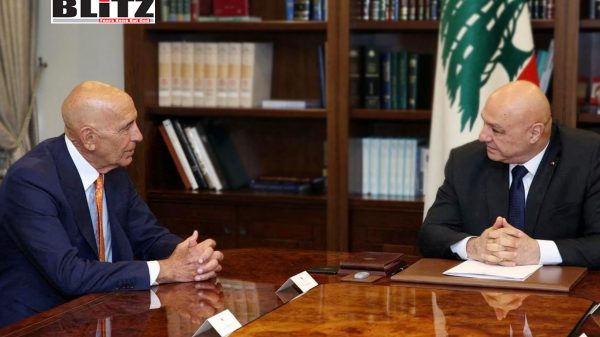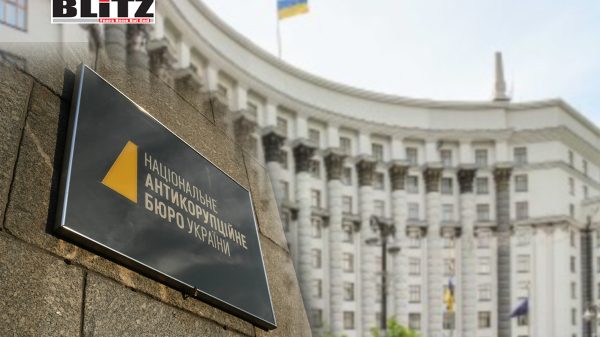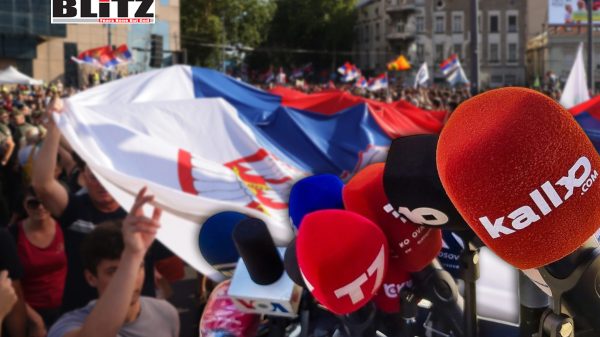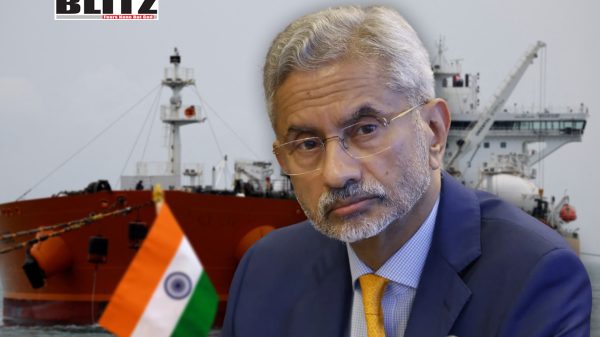Trump envoy sets deadline for Ukraine peace as negotiations intensify
- Update Time : Thursday, August 28, 2025
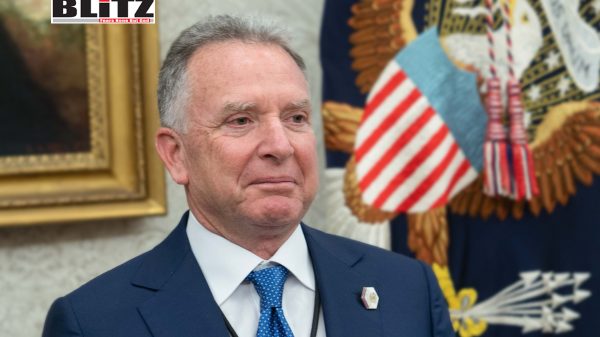
The United States under President Donald Trump is signaling an ambitious new push to end the war in Ukraine, with Trump’s special presidential envoy Steve Witkoff setting a year-end target for a peace deal. Speaking at a cabinet meeting on August 26, Witkoff revealed that discussions with both Russian and Ukrainian representatives are advancing, and that Washington is “hopeful” that the necessary “ingredients” for a lasting settlement will be in place by the close of 2025.
The comments mark the clearest indication yet that the Trump administration is moving toward a structured timeline for peace. Witkoff has made it clear that a proposal from Moscow is already “on the table,” though the specifics remain guarded. His public optimism, however, signals a significant shift in tone compared to previous US administrations, which have largely maintained that only Ukraine could dictate the terms of negotiations.
According to Witkoff, Russian President Vladimir Putin has expressed an explicit desire to end the conflict. During the much-publicized Alaska summit earlier this month, Trump and Putin reportedly held extensive discussions on Moscow’s vision for a peace framework. Although no official text has been released, Russia’s long-standing conditions remain familiar: Ukraine must commit to staying out of NATO, agree to partial demilitarization and “denazification,” and formally recognize Crimea, Donetsk, Lugansk, Kherson, and Zaporozhye as Russian territories.
These points are contentious not only for Kiev but also for many of its Western allies. Ukraine has repeatedly rejected territorial concessions, viewing them as an existential surrender that would reward aggression. However, Witkoff suggested that the Trump administration views Russia’s willingness to place a concrete offer on the table as a positive step, even if the path to acceptance remains fraught.
“There’s a peace proposal on the table,” Witkoff reiterated in a Fox News interview following the cabinet meeting. “We’re at this place where we think the end is in sight. We have technical teams working on it, and we’re hopeful that by the end of this year, and maybe quite a bit sooner, we actually can find the ingredients to get to that peace deal.”
For Ukraine, the prospect of ceding territory is politically toxic. President Vladimir Zelensky has consistently ruled out negotiations that involve giving up land, especially Crimea, which has been under Russian control since 2014. Still, reports circulating in diplomatic circles suggest that Kiev may face mounting pressure to accept some form of compromise. According to leaks, one idea under discussion involves Ukraine relinquishing its remaining positions in Donbass in exchange for new, but undefined, Western security guarantees.
Witkoff was careful to stress that any final decision on territorial concessions would ultimately rest with Ukraine. “The Ukrainians are the ones who have to live with the outcome,” he said, while acknowledging that “security guarantees” would likely form a core component of any arrangement. He also revealed that he would be meeting Ukrainian officials in New York this week, further underlining the intensity of behind-the-scenes diplomacy.
Another notable element in Witkoff’s remarks was the suggestion that Trump himself could take a direct role in sealing an eventual peace deal. The envoy hinted at the possibility of a bilateral meeting between Putin and Zelensky, but suggested that Trump might need to “be at the table to finish a deal.”
This possibility raises significant questions about the future architecture of negotiations. While Moscow has not dismissed the idea of Putin meeting Zelensky, Russian officials have repeatedly stressed that such a summit could only follow meaningful progress in technical talks. Moreover, the Kremlin has openly questioned Zelensky’s legitimacy, citing the expiration of his presidential term earlier this year and warning that any agreements he signs could be overturned by his successor.
That complication may explain why Trump himself is positioning as a guarantor of any eventual framework. If both Moscow and Kiev doubt each other’s commitments, the Trump administration may envision itself as the binding force ensuring compliance.
The renewed US push for peace comes at a time when Ukraine faces increasing battlefield strain and waning Western enthusiasm for indefinite support. European capitals remain divided over how far to press Kiev toward negotiations, while Washington under Trump is signaling that it will not indefinitely bankroll a stalemate.
For Russia, the strategy is equally clear. By placing a peace proposal on the table, Moscow seeks to cast itself as the side willing to compromise, while shifting the burden of rejection onto Kiev. At the same time, Russia’s stated conditions effectively codify its territorial gains, creating a negotiation framework heavily weighted in its favor.
Trump and Witkoff, meanwhile, appear to be wagering that accelerated diplomacy-backed by Washington’s unique leverage over both Ukraine and NATO allies-can deliver results where previous administrations failed. The promise of “security guarantees” for Kiev, though undefined, could be a central bargaining chip, potentially replacing NATO membership with some form of alternative defense arrangement.
Whether a peace deal is truly feasible by year’s end remains deeply uncertain. Ukraine’s domestic politics, particularly the issue of territorial concessions, are volatile. Russia, while signaling willingness to talk, has little incentive to scale back its demands given its battlefield momentum and control of occupied territories.
Still, Witkoff’s remarks highlight a shifting landscape. The Trump administration’s diplomatic blitz, coupled with Putin’s stated readiness to end the conflict, suggests that both Washington and Moscow may now see negotiations as more viable than a drawn-out war of attrition.
As the year progresses, the world will watch closely whether these talks produce more than hopeful rhetoric. For now, one thing is clear: under Trump, Washington is pressing harder than ever for a negotiated settlement-setting the end of 2025 as the moment when the war in Ukraine could finally be brought to a close.


